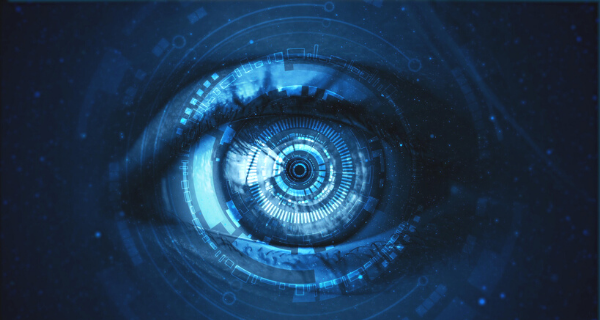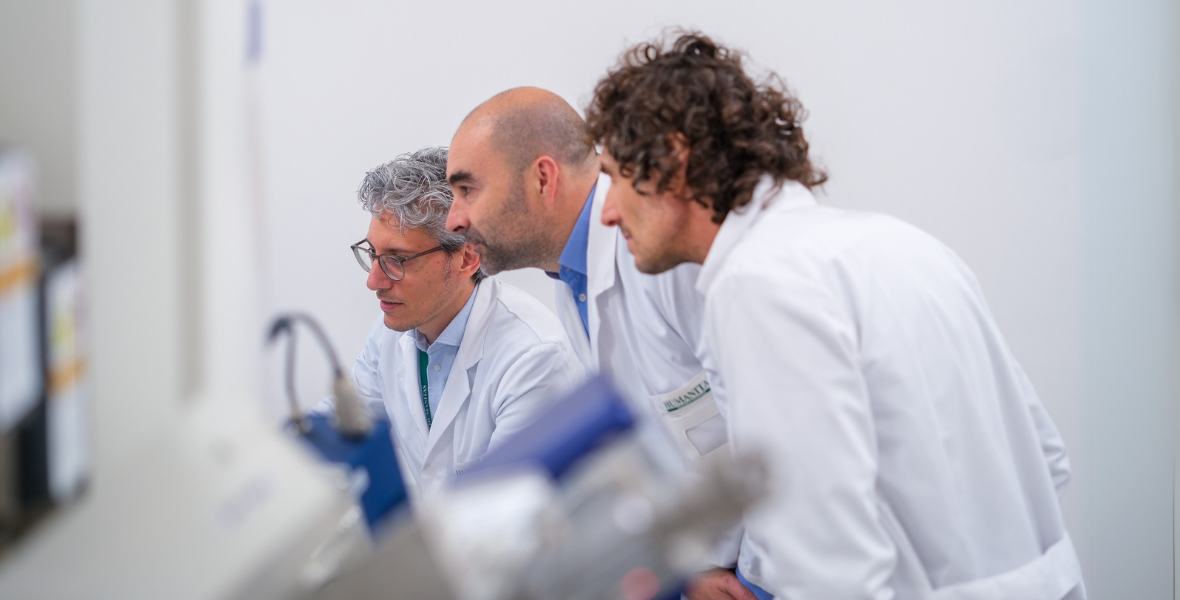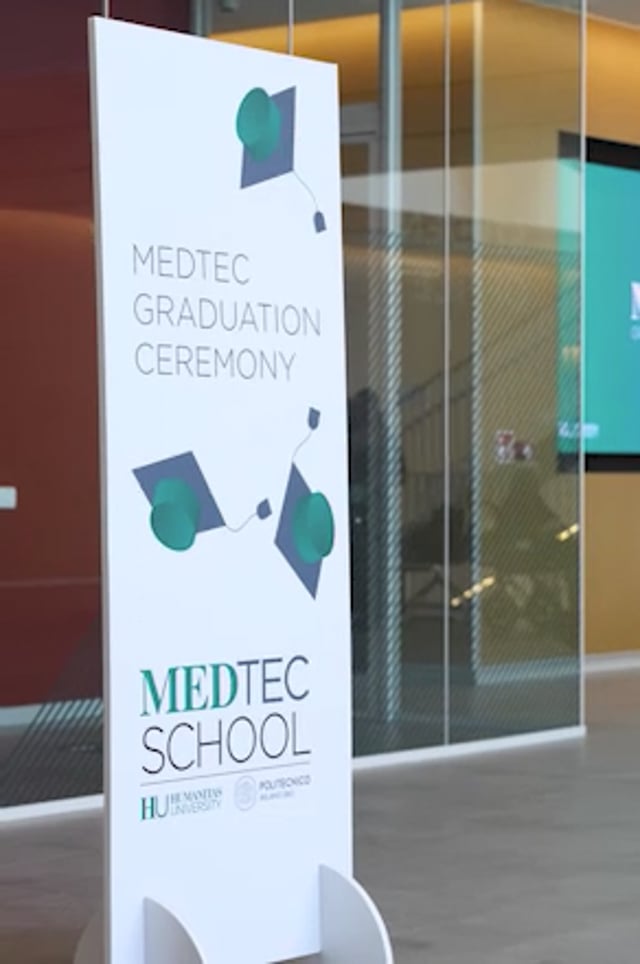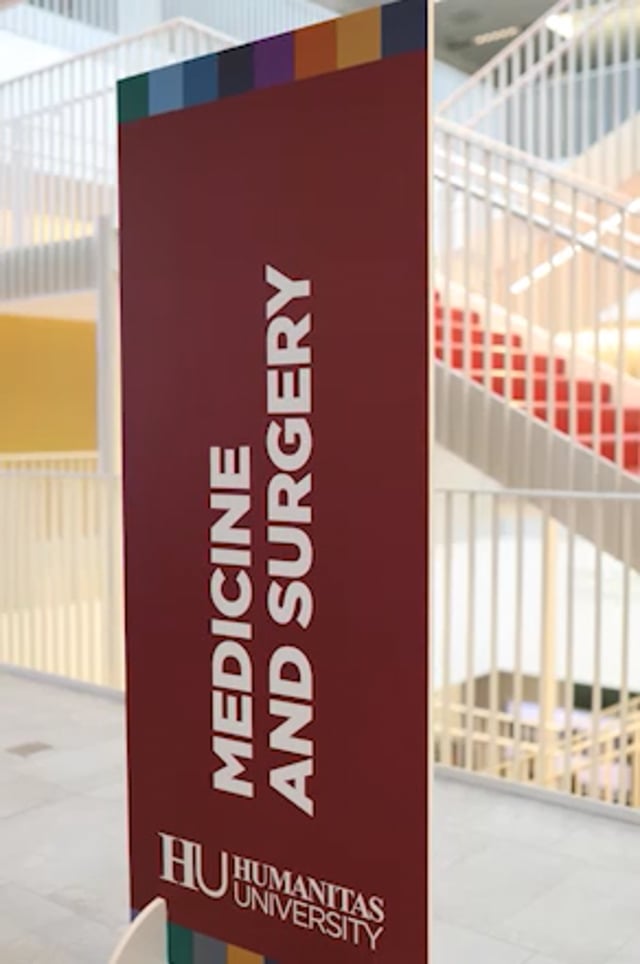The vision and eye care of the future is full of sci-fi sounding developments. Take bionic eye implants, augmented reality, and 3D printed digital contact lenses, for example.
In this article, we will cover where ophthalmology will be heading in the future, thanks to digital health.
Vision allows for more than 80% of perception
It is estimated that around 80-85% of our learning, cognition, perception, and activities come from our vision. When comparing with our other senses; hearing only accounts for 11% of the information, smell is 3.5%, touch 1.5%, and taste 1%. The following story, “Don’t you think that’s possible?” by scholars L.D Rosenblum, Erica Keeps, and Harold Stolovitch explain these figures.
Let’s imagine for a moment that you are in an open meadow, the sun is shining, and birds are singing. How far can you see? How far can you hear? With our vision, we can see as far as 50 miles, with hearing, around 1-2 miles at the most. Can we smell flowers? Without the wind, maybe 10-20 meters. What about touch and taste? That depends on your arms reach, not any further, and the same for your taste and tongue.
It sounds cliché to put so much emphasis on our vision and eyes, however, it’s an important example to demonstrate just how far our eyes can see, and highlight that they are our most important sensory organ. This is why we feel highly motivated to get back on our feet quickly if we suffer a serious eye condition or we catch eye disease.
Eye issues affect far too many people across the globe
In 2015, the International Agency for the Prevention of Blindness estimated that 36 million people worldwide are blind, and 217 million individuals suffer from moderate or acute vision impairment. There is hopeful news, however, in that blindness and vision impairment have dropped to 3.37% in 2015 (from 4.58% in 1990). Technology progress, like surgical techniques and eye infection treatments, is to thank for this percentage decrease.
There is still a long way to go for plenty of people who are suffering from not being able to see the world clearly. Over the last few years, digital health began working on the task to transform the ophthalmology field, showcasing its most innovative solutions to combat many different eye conditions. Digital health has enabled faster treatment of less serious conditions, and improvements to life-altering illnesses.
In this article, we will discuss the ways in which technology will shape the future of vision and eye care.
Bionic eyes for reversing blindness
The most creative minds of ophthalmology have been given a great boost by the introduction of disruptive technology. So many conditions and diseases have been treated with these mind-boggling innovations; conditions like AMD or retinitis pigmentosa, an inherited eye condition that causes gradual loss of eyesight causing blindness for an estimated 1.5 million people globally.
Second Sight, a company based in California, and Retina Implant AG, a German company, align with Pixium Vision, a French firm, all develop visual prosthetic implants that can restore vision to blind patients who are suffering from retinitis pigmentosa. The Guardian newspaper reported in 2016 that a lady suffering from retinitis pigmentosa had a “bionic eye” implant fitted as part of a trial at the Oxford Eye Hospital in the UK. Her joy of being able to tell the time after more than six years with no sight was widely reported. What an amazing experience that must have been for her.
Using Second Sight’s innovation, the first bionic eye implant for a patient suffering from AMD was fitted by surgeons in Manchester, the UK in 2015. Ray Flynn, 80, completely lost his central vision, but thanks to the retinal implant, he could see his computer screen more clearly again, albeit the implant will not be able to give highly detailed vision, but it can help patients to see patterns and shapes, like door frames and vehicles.
Artificial retina and brain implants instead of bionic eyes?
A new device called Argus II, brought out by Second Sight, was made to help patients suffering from retinitis pigmentosa, however, costing £150,000 and only restoring minimal vision, it’s no surprise they have only sold 250 of them. Some time ago, Second Sight started creating a different version of its device, this modified version focuses solely on mobilizing the visual cortex, the part of the brain responsible for processing visual information, instead of the eye itself. By delivering electrical pulses, the brain should react by detecting patterns of light. The innovation could help around 6 million people who are blind due to conditions like glaucoma, trauma, cancer, and diabetic retinopathy. The company is hoping to start clinical trials in late 2020, and hopefully, by 2021, we should see the very first implant. It is a very exciting prospect!
Another exciting innovation is being brought by the Italian Institute of Technology. Their new approach is to treat retinal degeneration with a prosthesis that is implanted into the eye. The prosthesis will serve as a replacement for the damaged retina, so it’s basically an artificial retina. The company is generating this instead of developing a “bionic eye” type innovation, but it should effectively allow for similar results. The technology is showing promising results and their first human trials are expected to be carried out very soon.
CRISPR and other gene therapies for regaining vision
The new gene-editing solution, CRISPR-Cas9 – or CRISPR for short, is already showing great potential for the future of eye care. As the eye is an easy organ to access for surgery compared to other parts of the body, experts say that the eye is a great place to begin the first use of this new method. The eye also accepts new tissue easier and it can be continually monitored in a non-invasive way.
At the University of Iowa and Columbia University Medical Center, scientists have already used CRISPR to fix a genetic mutation that was responsible for retinitis pigmentosa in induced pluripotent stem cells acquired from another patient with the condition. Scientists concluded a 13% success rate at transforming the mutated gene into a normal gene, which is much better than previous studies. CRISPR was used by professionals at the Center for Genome Engineering in 2017 for gene surgery in a layer of retinal tissue in living mice. The mice showed improvement signs from AMD following the intervention. This groundbreaking research shows that CRISPR can’t only be used to correct hereditary caused mutations, but it can also be used for non-hereditary degenerative diseases too.
Other gene therapies, beyond CRISPR, have good chances of becoming common treatments for eye conditions going forwards. Luxturna, a gene therapy created by Spark Therapeutics Inc. and approved by the FDA’s advisory panel in October 2017, treats a rare condition called Leber congenital amaurosis. It is now a step closer to achieving full FDA approval, a decision that should be made very soon. When approved, this gene therapy will be the very first FDA-approved treatment in the US to fix an inherited genetic trait.
Eye care patients will also become the point of care
As smartphones and other smart gadgets are advancing at incredible speeds, it’s only a matter of time before portable devices for ophthalmology start appearing on a larger scale as well. Allowing patients to be the point-of-care, these small palm-sized devices with connective smartphone technology will be able to conduct eye exams from anywhere in the world.
Peek Retina, the leading product from Peek Vision based in the UK, for example, is a portable ophthalmoscope which allows the user to view and capture retinal pictures via your smartphone from absolutely any location. The innovation also allows for smartphone-based eye tests, such as measuring visual acuity. Physicians in remote areas like some African countries are already benefiting by being able to diagnose and treat patients.
EyeNetra, the MIT-evolved company, has created a diagnostic solution that signals refractive issues quickly and accurately. The device is called Netra and it’s a plastic binocular-like headset. It connects to an app that works out the difference between the alignment of various patterns and what the actual user indicated as “aligned.” Any retractive errors from this test are signaled in the app as errors, like farsightedness, astigmatism, and near-sightedness. The app calculates the refractive powers, the astigmatism axis, and the pupil distance needed for glasses prescriptions. EyeNetra will make future workplace or school eye examinations so much easier.
Why digital and 3D printed contact lenses are the future
It may sound a little bit sci-fi having the translucid layer of your eye transmitting information to a digital contact lens, however, soon it may be a reality. Teaming up with Novartis, Google is working on innovating a multi-sensor contact lens which will be designed to measure blood sugar levels.
Novartis and Google say that the lens will have a tiny microchip built into one of the thin concave sides of the contact lenses. It will have a minute antenna that will be able to send data about the glucose measurements of the wearer’s tears to the smartphone paired with the device. The company originally hinted that the technology would be available on the market around 2020, however, due to temporary setbacks, the Novartis Chairman shared that the project will be bringing positive and viable results more likely in the next couple of years. Watch this space!
Scientists at the University of Washington, meanwhile, have been working on a contact lens with a built-in LED display all with the help of a 3D printer. Creating a contact lens that is one-third of a millimeter thick is no mean feat, however, but the 3D printer squashes different layers of interacting materials which makes it simpler to fit so many tiny pieces together. It may only be an experiment, but the research has highlighted important focus areas for the display technology of small devices. Who knows, maybe Google will 3D print the next generation of digital contact lenses.
Healing the eye faster
The world of regenerative medicine is vast and thriving. Areas such as dermatology, ophthalmology, and dentistry, just a few healthcare specialties that can be proud of finding more efficient ways to cure diseased body parts or heal injuries.
An excellent example is research undertaken in Turkey. Scientists created a regenerative medicine that will heal the front of the eye in just two days following surgery. Cacicol, the drug responsible, has been proven to stimulate quicker repair of the tissue and help to alleviate eye burning, pain, and light sensitivity following an invasive operation. Patients suffering from keratoconus, a rare disease, went through surgery and were then treated with Cacicol. The drug decreased the initial healing time from 5 days to 2 days.
Using Artificial Intelligence to detect eye conditions in time
The diagnostics based on medical imaging could be completely transformed thanks to image recognition algorithms. Google’s 2016 innovation, an eye-scanning technique, searches through retinal images, along with a trained ophthalmologist, and detects diabetic retinopathy. If this disease, which is common among diabetes sufferers, isn’t caught quickly, then it could lead to blindness. Using Google’s methodology to label millions of web images, the machine learning algorithm examines images of a patient’s retina to identify minute aneurysms. These can indicate the beginnings of diabetic retinopathy. Google later reported that the technology is being introduced into eye hospitals in India.
There are many other companies working on AI solutions for eye health, not only Google. A young woman from India developed an app for use on a smartphone that screens for diabetic retinopathy disease. She developed it after her grandfather was diagnosed with the condition. The system used an AI program and a straightforward 3D-printed lens attachment. It is an incredible disruptive innovation; cheap, smart, and life-altering.
Eye conditions and augmented reality
Educating patients is the main key to preventing eye conditions, and the best way that doctors can aid their explanations to patients regarding the most severe diagnoses.
By using Orca Health’s EyeDecide innovation, this result could be possible. The Utah-based development is a medical app that uses an augmented reality camera display to simulate the impact of various conditions on a patient’s vision. Patients can see a full demonstration of the impact that cataracts or AMD can have on one’s eyesight, therefore allowing them to understand the nature of their medical state.







